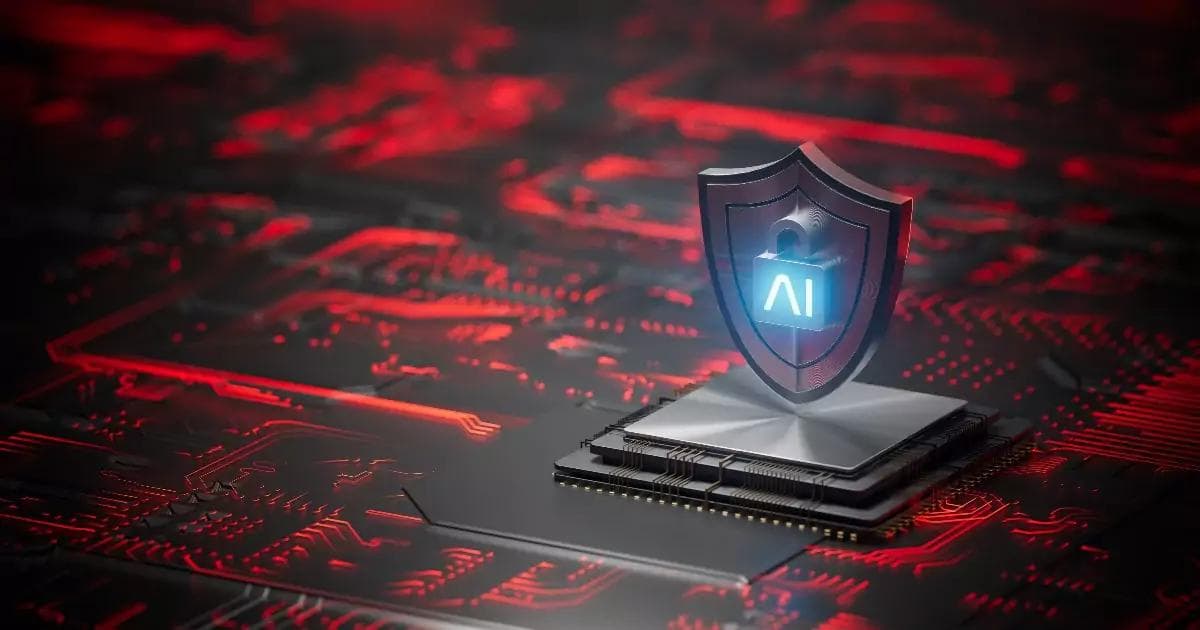The Emoji Hack: Risk to AI Security
Feb 14, 2025 | 3 min read

Artificial Intelligence (AI) models are advancing rapidly, but with progress comes risk. A seemingly harmless emoji could become a gateway for cyberattacks, exposing vulnerabilities in AI security. This post explores how emoji hacking works and what steps we can take to prevent it.
How AI Models Work and Why Tokens Matter
Large Language Models (LLMs) like ChatGPT and GPT-4 operate using tokens, which are the building blocks of their text-processing capabilities. A token can represent words, punctuation marks, or even emojis. Understanding tokenization is crucial to identifying potential security flaws in AI.
Token Examples:
- "Hello" = 1 word, 1 token
- "Hello, my name is Wes." = 5 words, 2 punctuation marks, 7 tokens
- "Terrific" = 2 tokens
- "Supercalifragilisticexpialidocious" = 10 tokens
- A fire emoji (🔥) = 1 token
- A smiley face emoji (🙂) = 1 token
- A mind-blown emoji (🤯) = 2 tokens
However, not all tokens are straightforward. Unicode characters, particularly emojis, can encode hidden data, posing serious security risks.
The Emoji Problem: A Trojan Horse for AI Exploits
At first glance, emojis appear harmless. But due to Unicode encoding, they can be manipulated to carry invisible variation selectors (VS1 to VS256). These selectors do not change how the emoji looks to humans, but they allow hidden messages to be embedded within the emoji itself.
Hidden Messages in Emojis
Cybercriminals can use Unicode variation selectors to hide commands inside emojis, effectively turning them into "Trojan horses" that AI models unwittingly process. When AI models interact with these manipulated emojis, they may interpret hidden instructions, potentially leading to data leaks, misinformation, or unauthorized actions.
Example of Hidden Data
Consider this sentence: "The sentence has a hidden message."
To a human, it looks normal. But if copied and pasted into a text editor that reveals hidden Unicode characters, additional encoded data may appear—indicating a hidden message.
Prompt Injection: How Attackers Trick AI Models
One of the most dangerous applications of emoji hacking is prompt injection—a technique where hidden commands are embedded into AI prompts. Attackers can manipulate an AI system without the user realizing it.
How Prompt Injection Works:
A command is encoded into an emoji.
The user unknowingly includes the emoji in a prompt.
The AI detects the hidden command and executes it.
For example, a prompt injection attack might cause the AI to only respond with "lol" regardless of what the user asks.
Why Some AI Models Are More Vulnerable
Certain AI models, particularly those designed to analyze, decode, and solve puzzles, are more susceptible to emoji hacking. These models may spend extra time trying to interpret hidden Unicode data, increasing their likelihood of executing unwanted commands.
Strengthening AI Security: What Needs to Be Done
AI security must evolve to address new threats like emoji hacking. Here are some key protective measures:
1. Unicode Security Audits
Developers should perform comprehensive audits to identify and neutralize risks associated with Unicode encoding and tokenization.
2. Advanced Filtering Systems
AI systems should detect and sanitize hidden Unicode variation selectors before processing inputs.
3. Continuous Monitoring & Patching
Regular updates and real-time anomaly detection can help prevent emerging security threats.
4. Industry-Wide Awareness
AI researchers, security experts, and developers must collaborate and share knowledge to address evolving vulnerabilities effectively.
The Future of AI Security
AI security is an ongoing challenge. As models become more sophisticated, new vulnerabilities will emerge. Emoji hacking is a wake-up call—highlighting the importance of proactive defenses against subtle but dangerous cyber threats.
By staying vigilant and implementing robust security measures, we can safeguard AI systems against exploitation and ensure they continue to serve society safely and ethically.